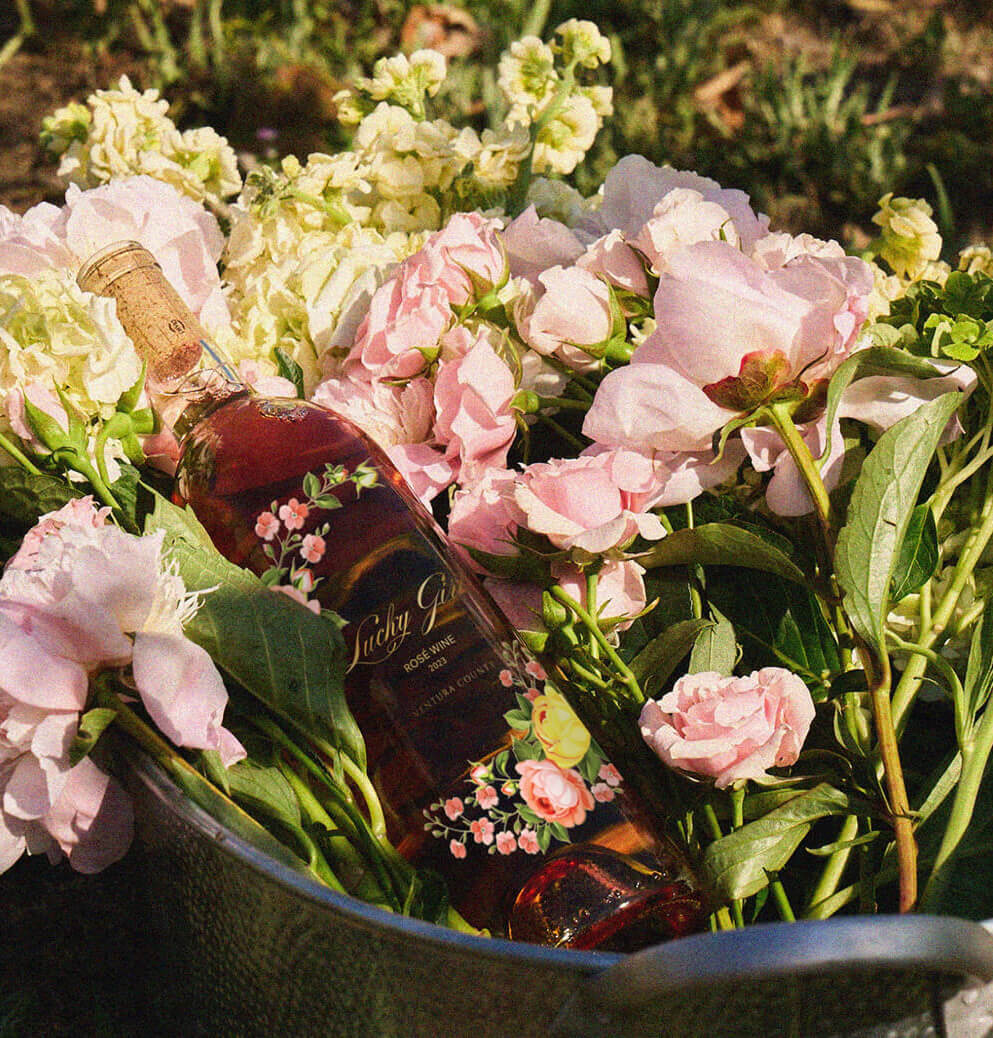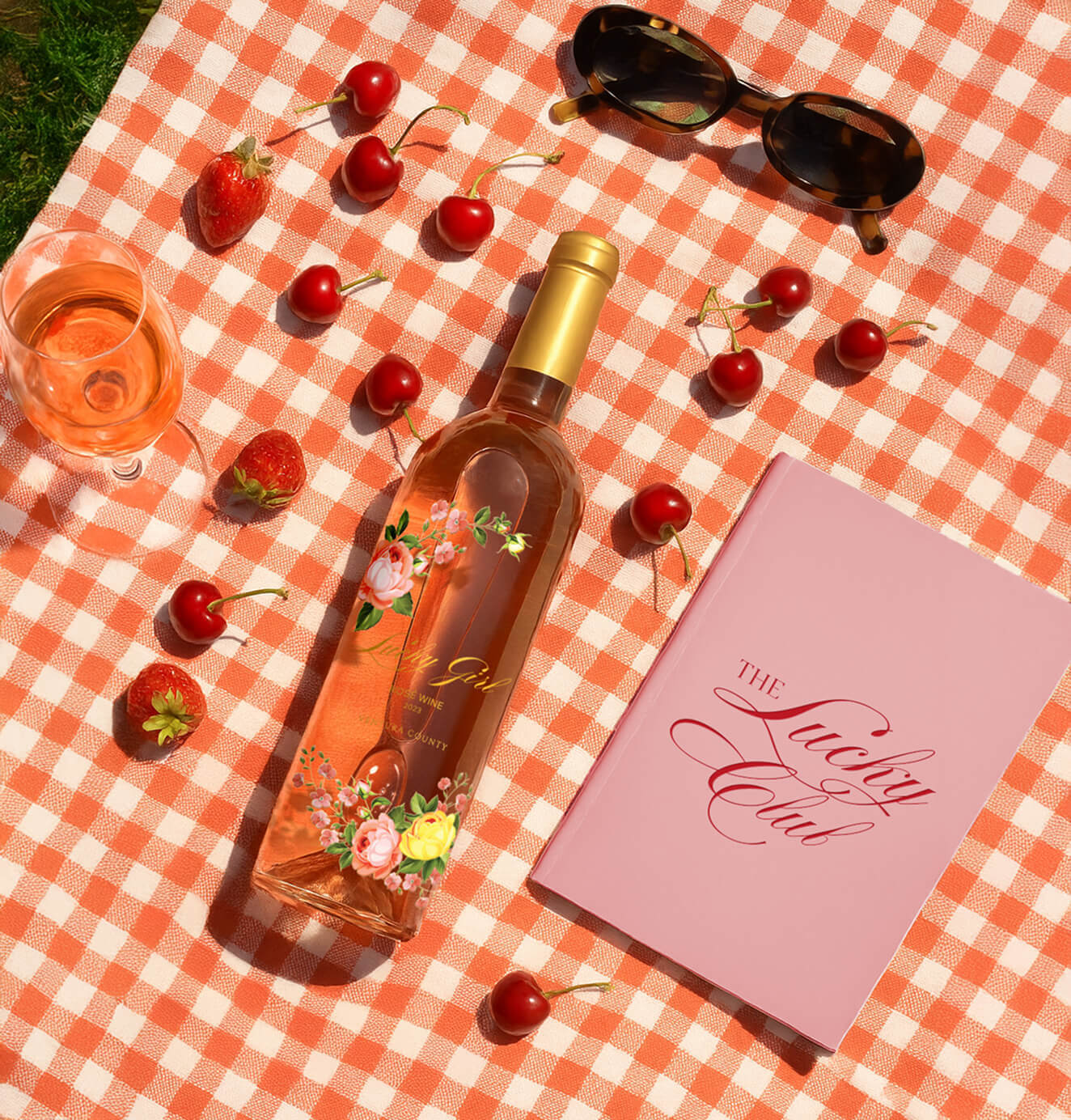Breakdown of Webflow Agency Pricing Models: Flat, Hourly, Retainer, Per Module
10/24/2025
Web Design / Web Dev
Confused by varying Webflow quotes? This guide breaks down every pricing model so you can budget smarter and choose the agency structure built for ROI.

Pricing a Webflow project isn’t as straightforward as it might seem. Every agency approaches cost differently, which can make the quoting process feel confusing at first glance.



What Influences Webflow Agency Pricing


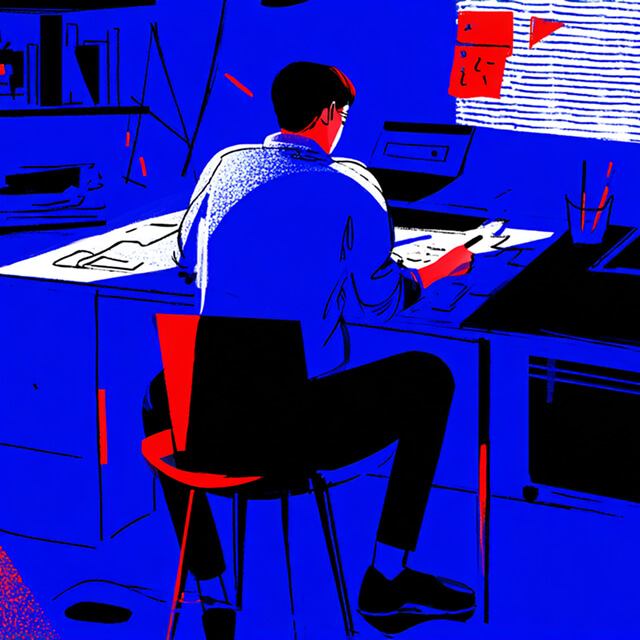
If you’ve ever requested multiple Webflow project quotes, you’ve probably noticed something strange: no two agencies price the same way.
Some send a fixed quote for the entire project. Others charge hourly, while some prefer retainers or modular pricing.
This variety can make it difficult to compare proposals but each pricing model serves a specific purpose. Understanding these models helps you pick the right fit for your budget, goals, and working style.
Before we dive into pricing structures, it’s worth understanding why Webflow agency rates differ so much.
- Project Scope: A simple landing page takes far less time than a 50-page SaaS site with dynamic CMS collections.
- Design Complexity: Custom animations, interactions, and brand systems increase development time.
- Agency Expertise: Top-tier agencies with strong portfolios charge premium rates for reliability and quality.
- Region: Agencies in North America and Western Europe often bill higher than those in Eastern Europe, Asia, or Latin America.
- Timeline: Rush projects or launches under tight deadlines cost more.
With that context, let’s explore the main Webflow pricing models agencies use today.
Flat Project Pricing
How Flat Pricing Works
In a flat-rate model, the agency provides a single fixed price for the entire project, based on defined deliverables and scope. For example, a flat quote might read:
"$5000 for a 10-page marketing website. This includes CMS setup and SEO launch optimization."
Payment is typically split into milestones 50% upfront and 50% upon completion or launch.
Pros of Flat Pricing
Flat pricing gives budget certainty. You know exactly what you’ll pay before work starts. It’s ideal for businesses with clear project requirements, fixed content, and tight budgets.
It’s also easy for internal approvals since you can forecast cost and ROI confidently.
Cons of Flat Pricing
The downside? Flexibility.
If your team adds new pages or features mid-project, the agency must re-scope and re-quote. Flat pricing can also lead to creative limits if too many revision rounds occur.
Best for: Smaller websites, startups, or marketing campaigns with defined scope.
Hourly Pricing Model
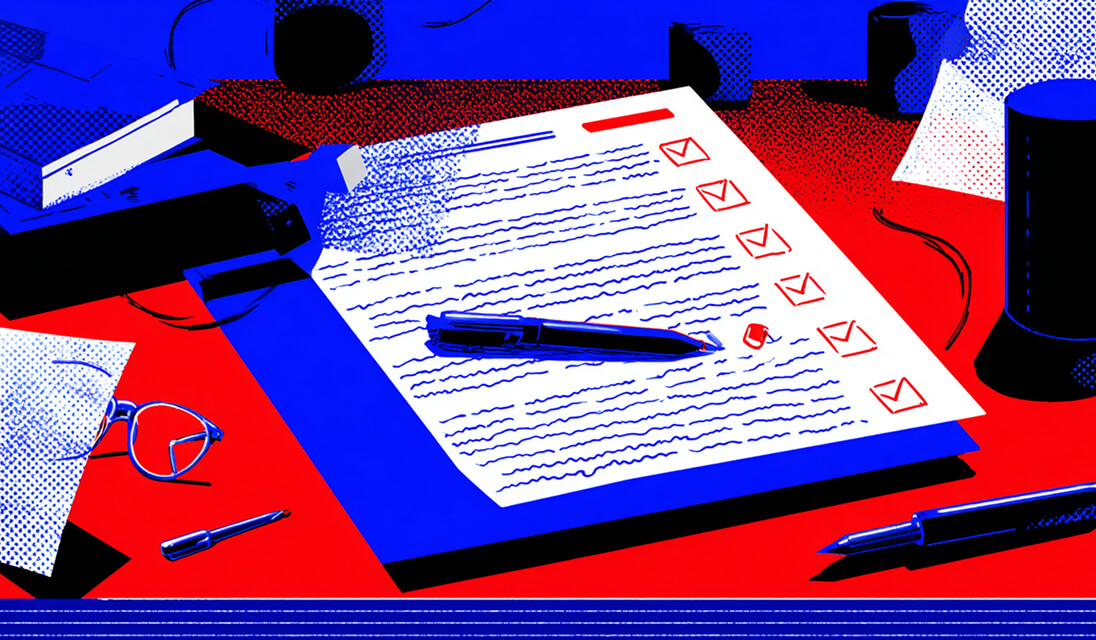

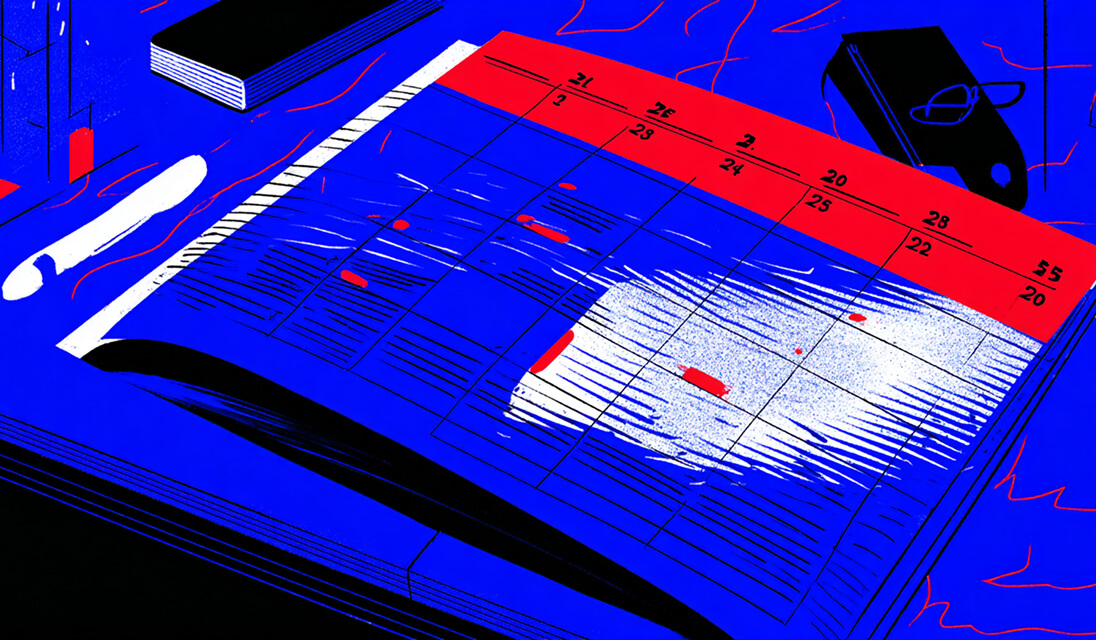
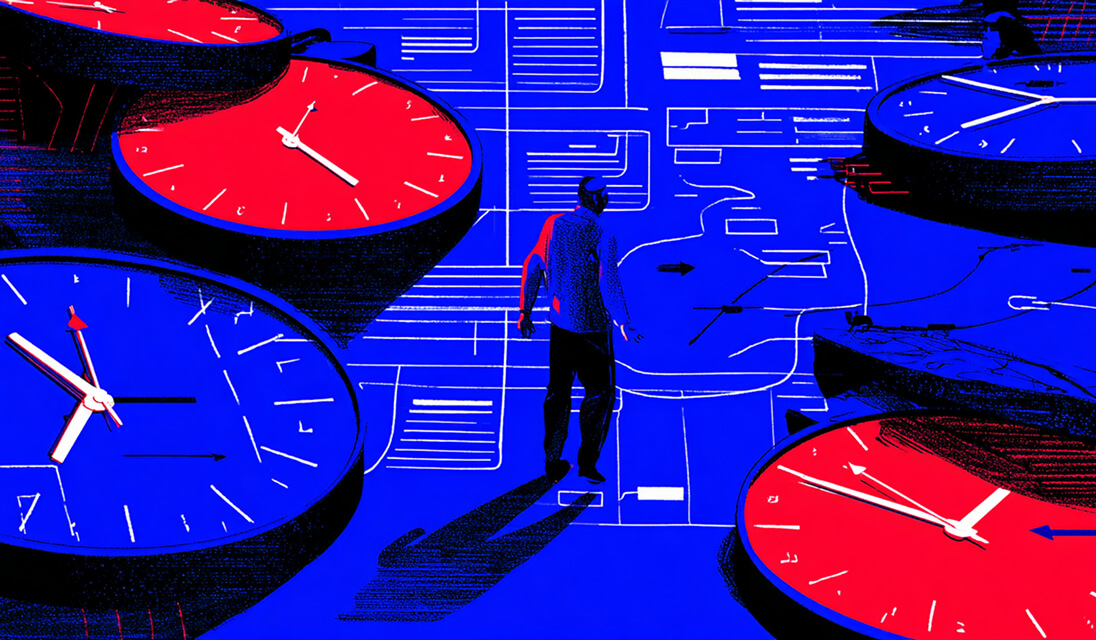








How Hourly Billing Works
Some Webflow agencies prefer billing by the hour typically used for ongoing development, troubleshooting, or consulting. Instead of quoting a total project cost, they track time spent and invoice accordingly.
Typical Hourly Rates in 2026
Hourly rates vary widely based on region and experience:
- Junior freelancers: around $50–$75/hour
- Mid-level Webflow developers: $75–$120/hour
- Senior or agency specialists: $125–$200+/hour
Pros and Cons of Hourly Billing
Pros:
- Full transparency you pay only for time spent.
- Great for ongoing improvements or uncertain scopes.
Cons:
- Harder to budget in advance.
- Costs can balloon if communication or planning is poor.
Best for: Maintenance, design updates, or flexible projects without a fixed scope.
Retainer-Based Pricing
What a Webflow Retainer Includes
A retainer is a monthly partnership model where you pay a set amount each month for guaranteed hours or deliverables. It’s common for businesses that want continuous support rather than one-off projects.
A Webflow retainer might include:
- Monthly design updates and new page builds
- Ongoing SEO or CRO improvements
- CMS management and performance monitoring
- Technical support and bug fixes
When Retainers Make Sense
Retainers are ideal for companies with active marketing calendars or growth-stage SaaS platforms that evolve frequently.
Instead of hiring a full-time designer or developer, you get a dedicated agency on standby typically costing $2,000 to $6,000 per month, depending on scope and hours.
This ensures your website keeps improving over time rather than stagnating between redesigns.
Best for: SaaS companies, agencies, and fast-moving marketing teams.
Want to learn more about Website Design, Development and E-commerce? Keep reading!
If you need help with your company’s website and development, contact us for a free custom quote.
Per-Module or Component-Based Pricing
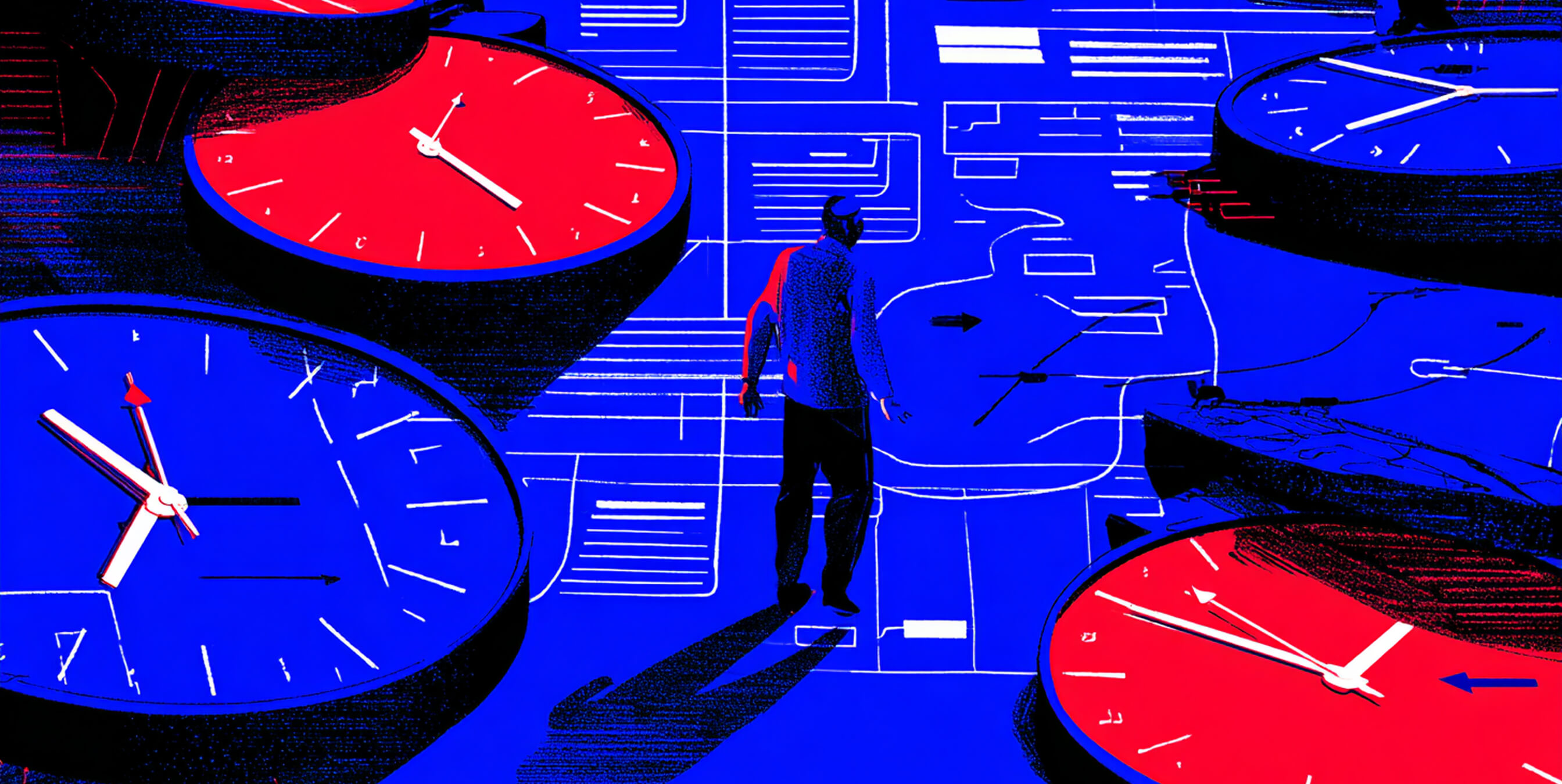
What Is Per-Module Pricing?
This model breaks down Webflow work into modular components or “building blocks.” Instead of paying for a full project, you pay for individual features or deliverables like CMS setup, animations, or landing page templates.
Examples of Module-Based Pricing
Here’s how agencies typically package modules (with rough 2026 price ranges):
- Homepage design and build: $1,500–$3,000
- Blog CMS setup: $800–$1,500
- Custom animations or interactions: $500–$1,200
- API or CRM integrations: $500–$2,000
This modular system gives clients the flexibility to scale at their own pace adding or upgrading components as their business grows.
Benefits for Startups and Scaleups
For early-stage startups, modular pricing keeps cash flow predictable and avoids large upfront investments. For scaleups, it allows continuous optimization paying only for what you need, when you need it.
Best for: Agile teams, phased launches, or modular SaaS websites.
Comparing the Four Pricing Models
Each pricing structure suits a specific type of project:
- Flat pricing offers simplicity and predictability.
- Hourly suits smaller, flexible scopes or technical fixes.
- Retainers are best for ongoing partnerships and evolving brands.
- Per-module pricing offers scalability and control for startups or phased builds.
If your business is launching something new and well-defined, flat pricing works best. But if you’re iterating frequently or scaling fast, retainers or modular setups offer greater value over time.
FAQs About Webflow Agency Pricing
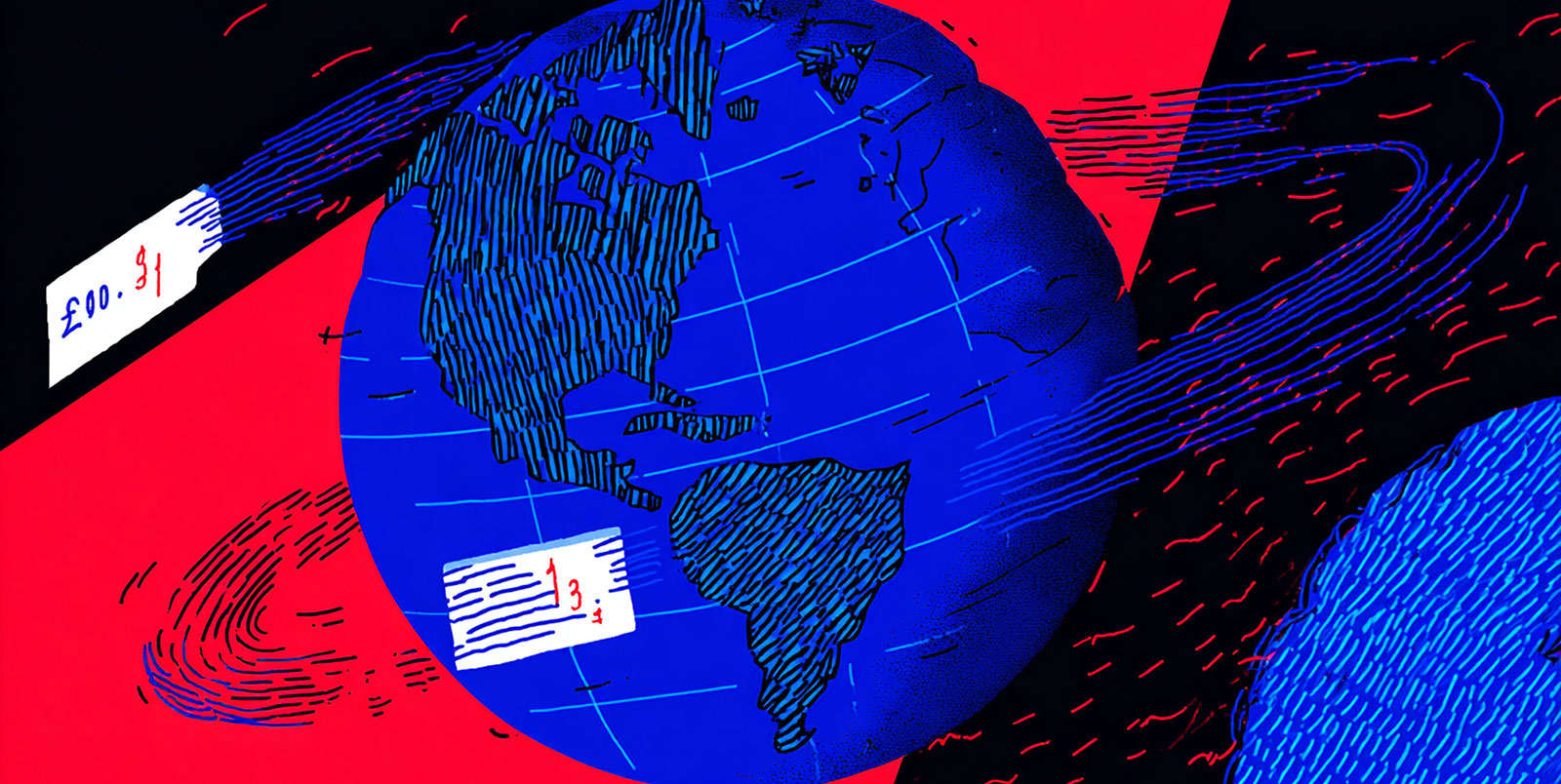
1. Why do Webflow agency quotes vary so much?
Because each agency defines scope, process, and deliverables differently. Some include strategy, copywriting, and SEO; others only handle design and build.
2. Is hourly billing better than flat pricing?
Not necessarily. Hourly billing suits open-ended tasks, while flat pricing offers peace of mind for fixed projects.
3. What is a good retainer budget for a Webflow agency?
Most retainers range from $2,000 to $6,000 per month, depending on the number of design hours or deliverables.
4. Can I switch pricing models mid-project?
Yes, many agencies start with a fixed-price project and move into a retainer or modular model once the site is live.
5. Which model is most popular in 2026?
Hybrid models (flat + retainer) are trending giving businesses both predictability and flexibility.
6. Do Webflow agencies also help with branding and marketing strategy?
Yes, many Webflow agencies—especially those focused on enterprise and SaaS—go beyond development. They support brand positioning, conversion-driven design, content marketing, and SEO strategy, ensuring your website is not just functional but also a brand growth engine.
Matching Pricing Models to Your Goals
There’s no one-size-fits-all Webflow pricing model; the best structure depends on how your business operates.
If you value cost certainty and have a defined project, flat pricing is perfect.
If you need ongoing collaboration and iteration, retainers or per-module pricing give you long-term agility.
At The Branded Agency, we tailor our pricing structures to how your business actually grows whether that means flat-fee builds, continuous optimization retainers, or modular systems that scale with your marketing engine.
If you’re ready for transparent pricing and measurable results from your next Webflow project, contact us to start the conversation.

Quincy Samycia
As entrepreneurs, they’ve built and scaled their own ventures from zero to millions. They’ve been in the trenches, navigating the chaos of high-growth phases, making the hard calls, and learning firsthand what actually moves the needle. That’s what makes us different—we don’t just “consult,” we know what it takes because we’ve done it ourselves.
Want to learn more about brand platform?
If you need help with your companies brand strategy and identity, contact us for a free custom quote.
We do great work. And get great results.
+2.3xIncrease in revenue YoY
+126%Increase in repurchase rate YoY

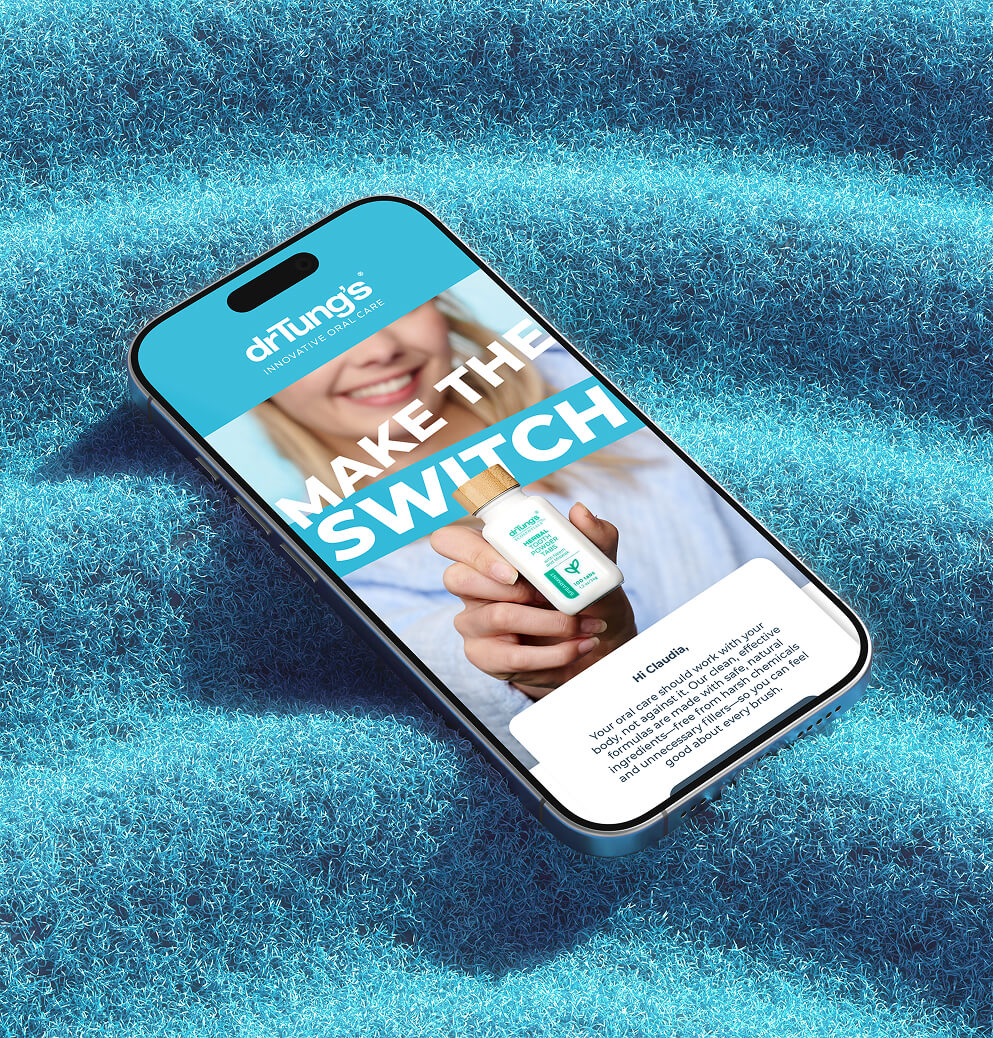

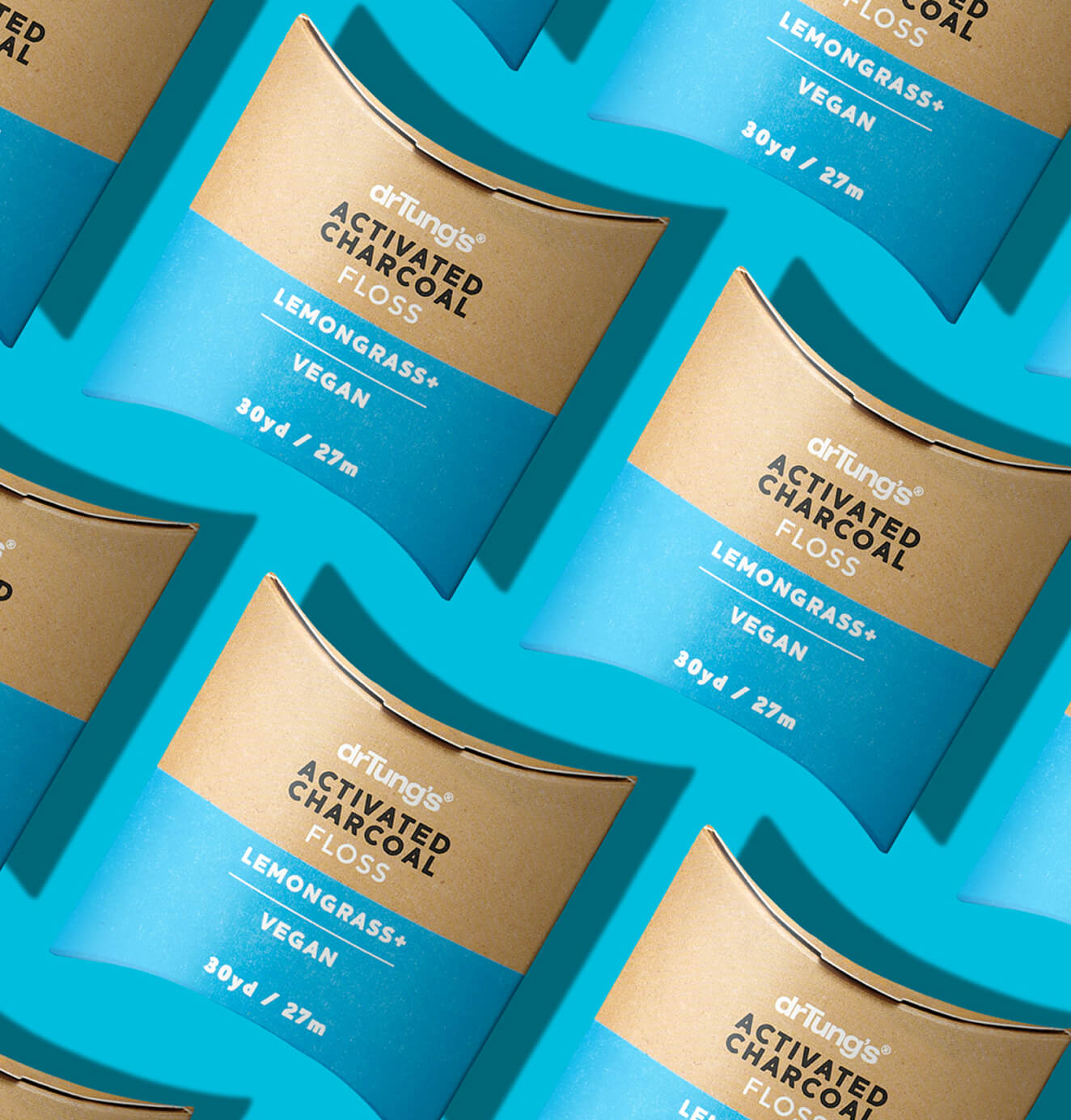




+93%Revenue growth in first 90 days
+144% Increase in attributed revenue








+91%Increase in conversion rate
+46%Increase in AOV

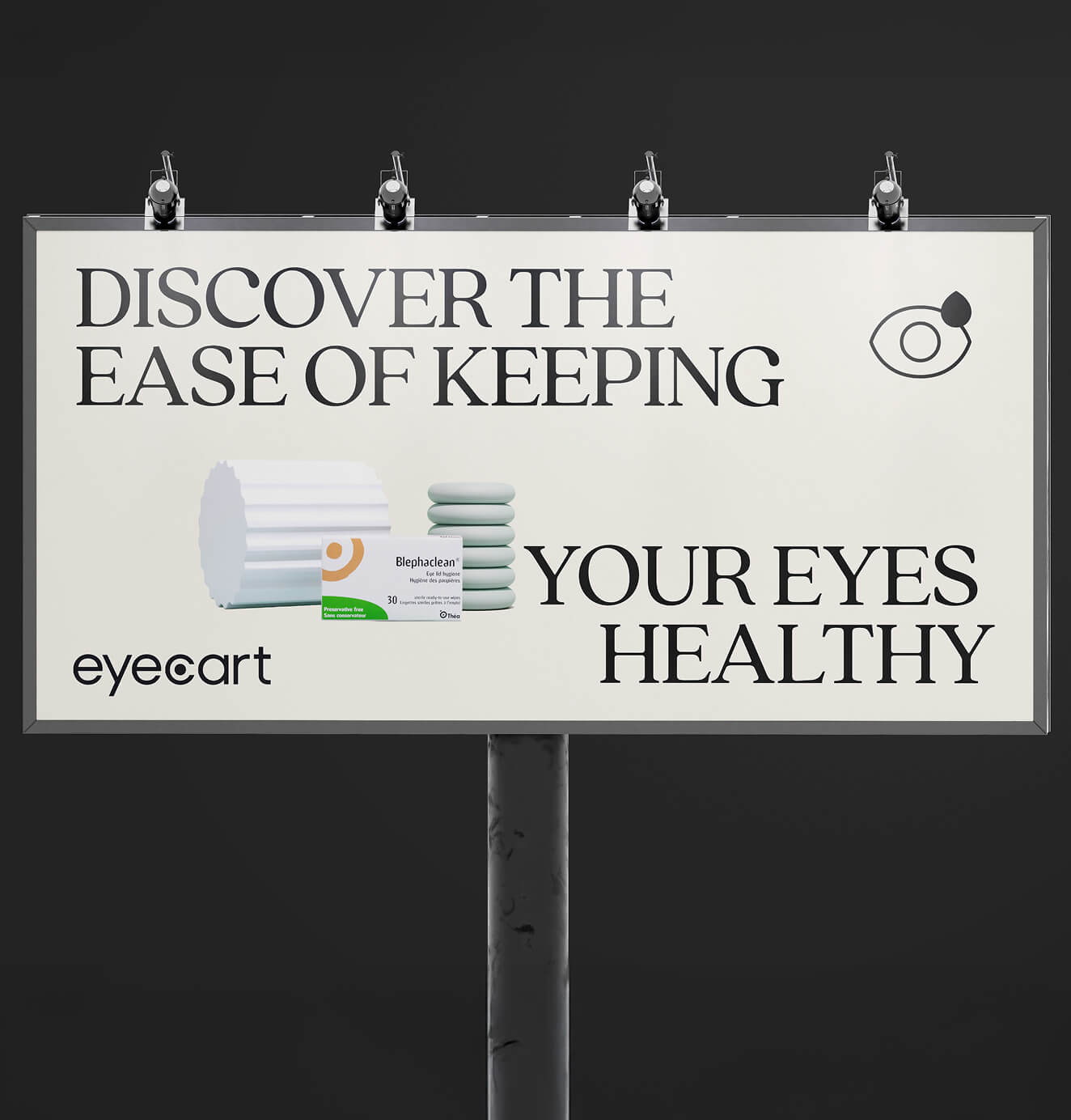
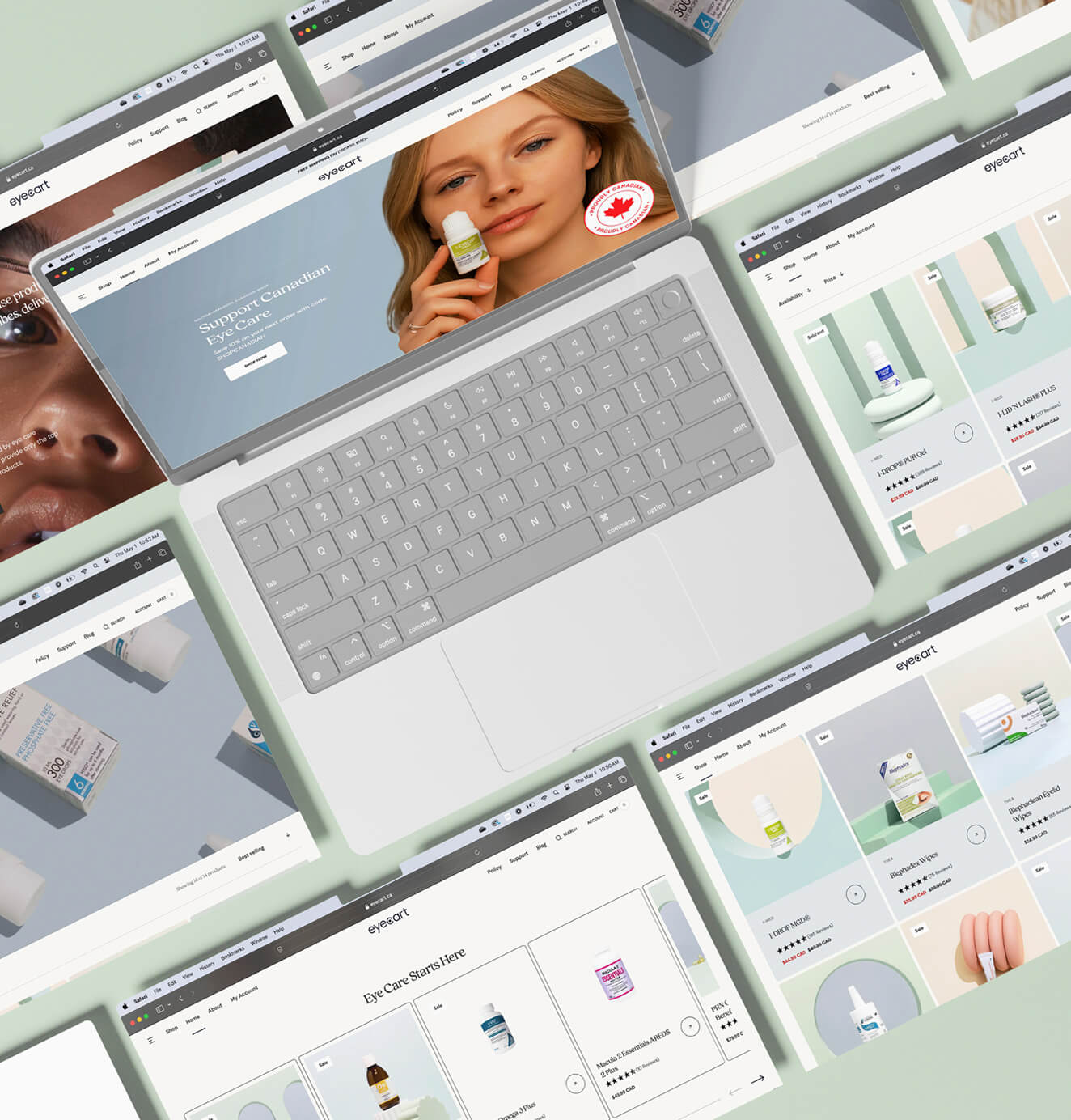





+200%Increase in conversion rate
+688%Increase in attributed revenue
